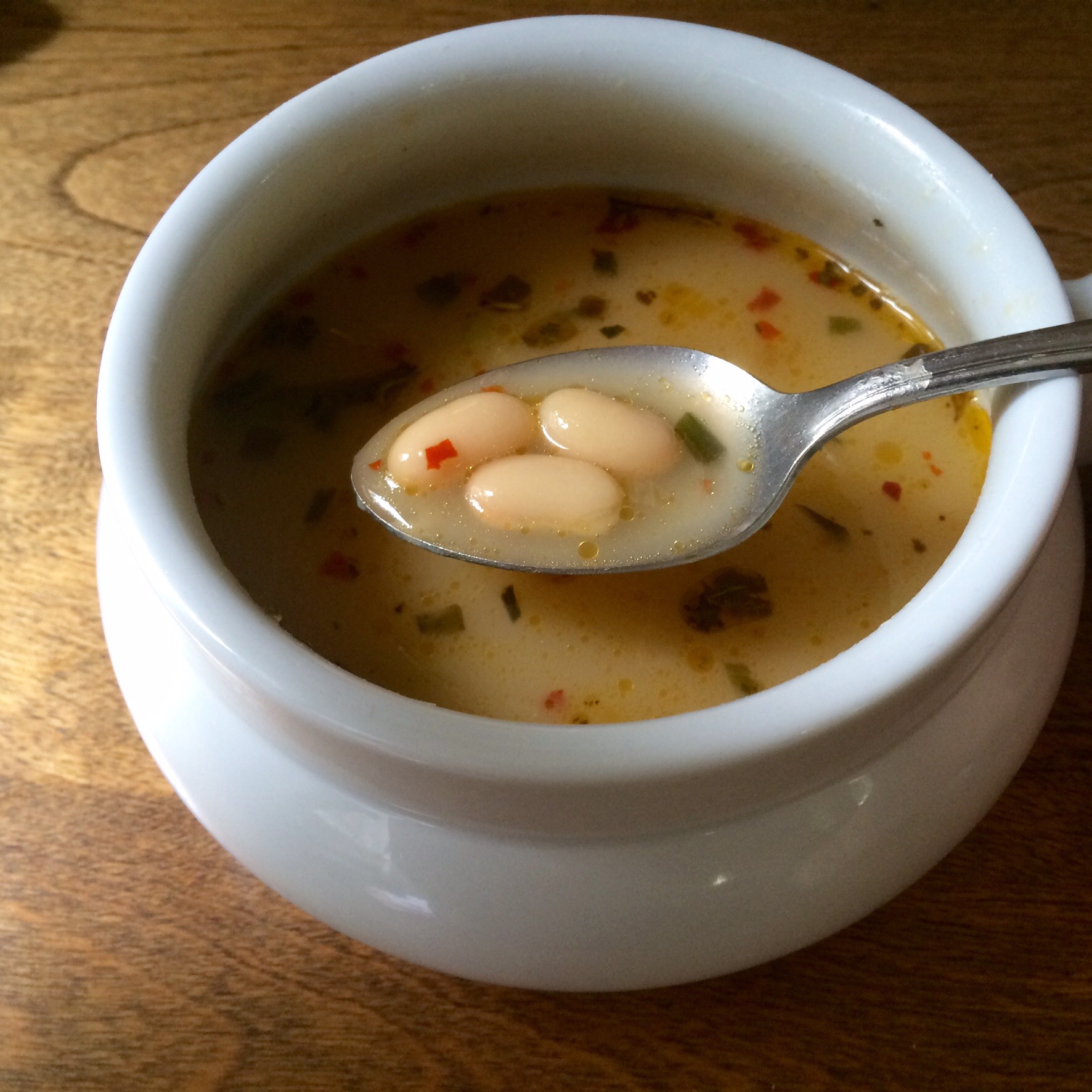Recipe Links: Wisconsin Week 3
/Bright lights chard, romaine leaf lettuce, crispino iceberg, early onions, garlic scapes, snow peas, kohlrabi, white icicle radishes, cherry belle radishes and a basil plant.
It's another cool Thursday in Madison as I write this week's post. I, for one, am grateful for the brief reprieve from the 90 degree heat. With the rains this week, our farmers are expecting a surge in weed growth, so if you find yourself with nothing to do this weekend or a few hours to spare, consider giving them a hand! Freeing young vegetable crops from the invading weeds is a surprisingly satisfying task.
Highlights from last week
We dug into last week's share immediately, slicing radishes and piling them on slices of sourdough baguette spread with goat cheese. Potatoes from week 1, stored with the hope of radish greens to come, went into a pot along with the early onions and 3 bunches of radish tops to become radish top soup, one of the least-assuming recipes among our regular rotation. I posted the recipe I use here, but if you're looking to branch out there are others out there, including this recipe for radish top soup and slow-roasted radish roots with fennel seeds.
For another radish and greens dinner, we drew on Indian flavors to put together a brown rice bowl with curried chickpeas, spicy greens, and radish-cilantro yogurt sauce. For a little more spice, we spooned a little tomato achaar into the bowl.
With the arugula, we made the Turkish baked eggs recipe from Plenty that I blogged about last week. We added a little flatbread on the side to round out the dish.
The spring onions found their way into a light cannelini bean soup I tossed together for lunch this week and the asparagus made for a simple side to a dinner on the grill. And, of course, we ate more salads!
Some exciting veggies are appearing in our CSA shares this week: garlic scapes and kohlrabi. What is a garlic scape, anyway? And if you're wondering what in the world those strange-looking kohlrabis are, here's a great write-up over at Food52. Although they may not be common items in the produce section at the grocery, both are delicious additions to our spring diet.
Spring onions & garlic scapes
Scrolling through my newsfeed this morning, I came across this recipe for scallion flatbread and had to share. Another great early onion dish would be scallion pancakes or, if you happen to have any of last week's cabbage leftover, you could try your hand at making okonomiyaki.
I plan on using my garlic scapes in place of raw garlic in pasta sauce or salad dressing this week. They are milder in flavor than the cloves, so they can be used raw without adding too much agressive bite.
Kohlrabi
My first thought for kohlrabi is always to pull on ingredients from Greek cuisine: dill, lemon, yogurt, and feta cheese. I've put these flavors together into a kohlrabi-dill pie in past seasons (loosely based on this recipe), but a lighter side salad/slaw sounds better to me this week, something with julienned kohlrabi, lemon, dill, a little garlic, and a light yogurt dressing perhaps? This kohlrabi and herbed yogurt salad might do the trick.
Snow peas
Snow peas are one of the many great treats spring has to offer. They're delicious raw, so for us, they usually end up in salads just the way they are. They also work quite well on a veggie or crudites platter alongside a cool dipping sauce such a minted yogurt sauce or a homemade ranch dressing. For those inclined to cook with them instead, their light sweetness and refreshing crunch make an excellent counterpoint to richer ingredients such as the proscuitto and cream in this pasta dish.
Swiss chard
For dinner tonight, we're planning to make this lightened up version of chicken piccata with wilted chard. If you're in the mood for something a little heartier, this chard gratin looks delicious, if a bit indulgent. Chard is also great eaten raw as the base of a sturdier salad; in fact, it works quite well in work or school lunches because it holds up better when pre-dressed than other more delicate leaves. If you take the time to trim out the stems, consider chopping them up finely and adding them back to the salad for a little crunch, like neon-colored celery!







